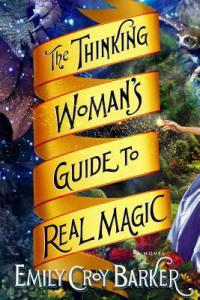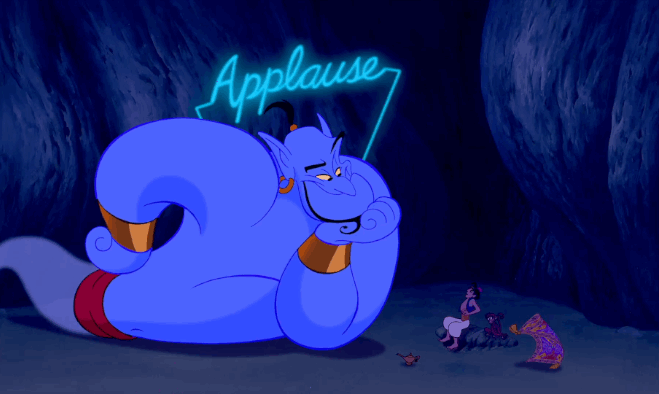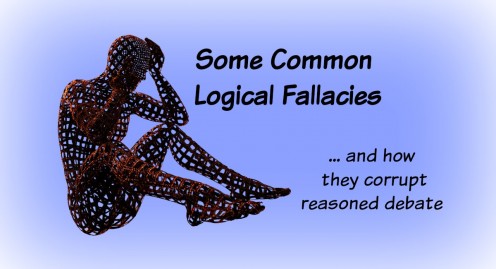During the 1990s, two political scientists, Neil Howe and William Strauss, published a book titled, “The Fourth Turning: An American Prophecy,” wherein they articulated an interpretation of American history that combined social theory with religious prophecy.
The authors alleged that human history reoccurs in a four-stage, generational cycle with each stage lasting approximately 20 years. The fourth phase of this cycle, also known as the saeculum, is marked by a crisis event that causes massive social unrest and annihilates the current generation’s way of life.
It is a theory of generational change that has been endorsed by Steve Bannon, Chief Strategist to President Donald Trump.
What is a Saeculum?
 The concept of the saeculum dates back to the era of Hesiod, a Greek poet who lived around 700 BC. The exact origins of the concept are uncertain; however textual evidence from books written by the late Roman authors Varro and Censorinus suggest that the Etruscans (a civilization that existed around 1000 BC) were its originators. According to these authors, the saeculum was first established by the Etrsucans to designate, “…the longest span of a human life limited by birth and death” (Censorinus, De Die Natali).
The concept of the saeculum dates back to the era of Hesiod, a Greek poet who lived around 700 BC. The exact origins of the concept are uncertain; however textual evidence from books written by the late Roman authors Varro and Censorinus suggest that the Etruscans (a civilization that existed around 1000 BC) were its originators. According to these authors, the saeculum was first established by the Etrsucans to designate, “…the longest span of a human life limited by birth and death” (Censorinus, De Die Natali).
Naturally, because human life expectancy is variable, the Etruscan version of the concept did not represent any definite number of years and was reckoned variously. Nonetheless, the ancient authors seemed to agree that the Etruscan’s estimated a saeculum as being between 100 and 125 years (Censorinus, De Die Natali).
The Etruscans believed that every civilization was designated a specific number of saeculum by the gods and that the they themselves were granted 8 saeculum (approximately 800 – 900 years) before their civilization would perish.

When the Etruscan civilization faded into oblivion around 200 BC, the concept was given new meanings by the Romans. The Romans mathematiezd the concept, giving it a precise representation of 100 years and divided it into 4 different saecula (fragments of a saeculum).
Nonetheless, the concept retained some degree of flexibility and came to be associated with wars and other crises events. For example, following the conclusion of the Social War in 88 BC, a civil war between the Romans and their Italian allies, it was declared that Rome had entered a new saeculum even though a century had not passed since the previous saeculum (Censorinus, De Die Natali).
The power of the saeculum stems from its very imprecision. It is a concept that has taken on multiple meanings, connotations, and configurations since it was first articulated over 3 millennia ago.
At its most basic element, the saeculum represents the death of the old socio-political order and the opportunity for a new indeterminate system to replace it. Steve Bannon wholeheartedly endorsed the theory in his 2010 documentary, “Generation Zero,” wherein he appeared to identify the 2008 financial crisis as the most recent occurrence of a saeculum.
Steve Bannon and the Saeculum
Following Trump’s electoral victory in November 2016, Steve Bannon was promoted to Chief Strategist. This position allowed him to play a key role in advising Donald Trump on his cabinet selection.
Though the details of Bannon’s influence on Trump’s cabinet selections have not been disclosed to the public, given Bannon’s endorsement of the saeculum, it seems feasible that he may have directed Trump towards picking precisely those cabinet members most likely to bring about the resolution of the alleged current saeculum and the destruction of the current political order.
Indeed, Trump’s cabinet selections do appear to have been made with destruction in mind. From Betsy Devos to Scott Pruitt, many of Trump’s cabinet picks have actively campaigned to destroy the very agencies they now represent.
Epilogue
In an interview between Steve Bannon and David Kaiser, a historian influenced by Strauss and Howe, Bannon made it clear that he had thought long and hard about the domestic and foreign policy implications of the generational theory. On more than one occasion, Bannon pointed out to Kaiser that each saeculum within the United States was coupled with a great war that was greater in scope than any war previously known.
He indicated in the interview that he expected the current saeculum to be paired with a great war far more deadly than any of its predecessors, including WWII.
This type of thinking represents the greatest danger of the Trump presidency – and one that concerned citizens should follow.
Advertisements Share this:




